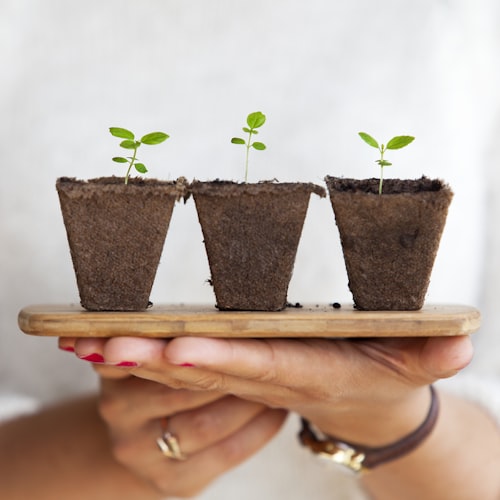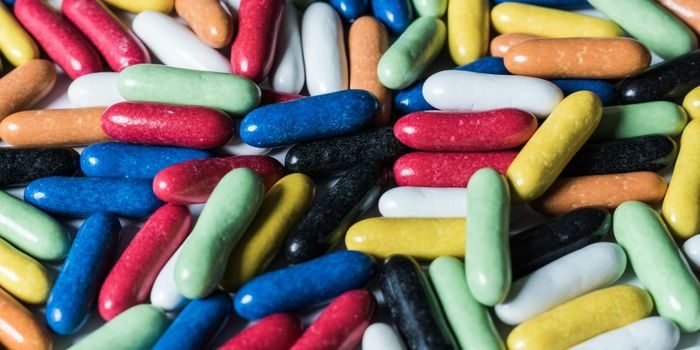Making Cardiac Medicine From Foxglove Plants
Foxglove plants are known to be shaped like bells and have long decorated many gardens. They belong to a genus of plants, Digitalis, and have been studied for a particular asset they hold—a chemical substance called cardiac glycosides.
Learn more about Foxgloves:
Cardiac glycosides have been noted for treating heart failure since 1780s. They are referred to as digoxin and can be toxic to patients if given in large quantities. Now, researchers at the University of Buffalo are aiming to explore the process that the foxglove plant uses including what genes are expressed, what proteins are ended, and what enzymes are activated.
“The reason why plants make so many natural products with medicinal properties is because they are also fighting diseases,” says Zhen Wang, PhD, assistant professor of biological sciences in the UB College of Arts and Sciences. “Plants aren’t like animals. They can’t run away when stresses come, so they cope with this by becoming the most extraordinary chemists on the planet.”
And yet, “How plants synthesize many natural products is largely unknown,” Wang says. “I want to understand how we can harness the power of nature to make the process of producing medicinal compounds more efficient and sustainable. Foxgloves make these powerful compounds, but it takes two years to do so, and they don’t make them in a very large quantity. How can we improve this process?”
Researchers are hoping to improve the process of medicinal compounds made by plants and reduce the labor needed to grow them.
“This kind of study is important because we first have to know the accurate structure of natural compounds before we can explore their medicinal effects,” Wang says.
Findings of the study were published in the Journal of Chromatography A and describes how the composition of cardiac glycodides were compared according to the origin—whether they were isolated from Digitalis purpurea verus Digitalis lanata.
“When we looked at the cardiac glycosides in each of them, we found drastic differences,” Wang says. “In the industrial strain that’s grown for medicine, you see much higher amounts of cardiac glycosides, with much more diversity. I think this just highlights the adaptation of plants and how versatile they are as chemists.”
Source: Science Daily









